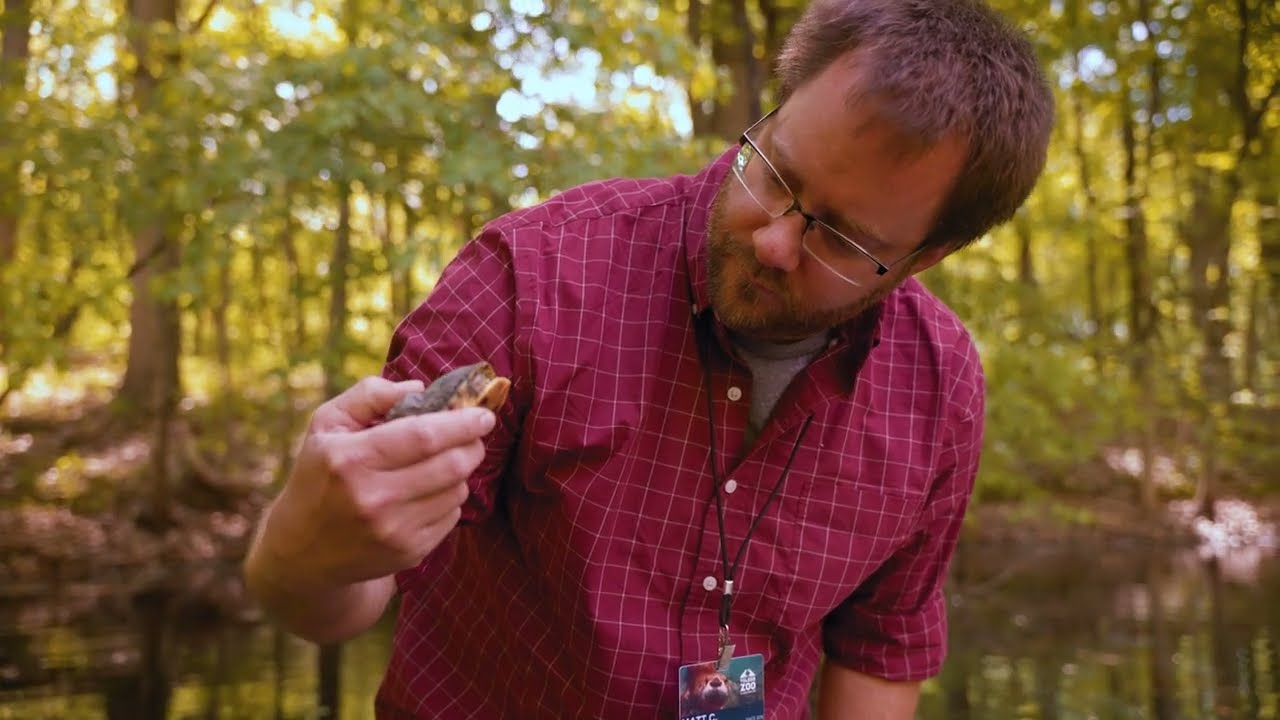*****
Summary of Transcript:
The Toledo Zoo’s conservation coordinator, Matt Cross, oversees their vertebrate conservation programs, which include species like Lake sturgeons, Blandings Turtles, and Hellbenders. The goal is to raise the offspring to a size that increases their chances of survival in the wild. The community’s support is essential for the success of these programs, and donations contribute to providing personnel, facilities, equipment, and resources necessary for their success. People are encouraged to donate during Giving Tuesday to continue the long-term impact of these programs that benefit the environment and the species.
*****
Summary of Description:
The Toledo Zoo is committed to conservation efforts to protect and preserve animals and their habitats. The Zoo participates in numerous conservation programs, such as breeding endangered species in captivity and reintroducing them into the wild. They also conduct research and education programs to increase awareness about the importance of conservation. Additionally, the Zoo has implemented sustainable practices to reduce its environmental impact, such as using renewable energy sources and implementing water conservation measures. Overall, the Toledo Zoo is dedicated to positively impacting the world of conservation.
*****
The Importance of Conservation Efforts in Today’s World: A Closer Look at Toledo Zoo’s Role
Conservation is never easy, but in today’s world, it has become one of the most important movements of our time. With the declining population of many species and the threats caused by climate change, it is now essential to take action to protect wildlife and our planet. Toledo Zoo, a non-profit organization in Ohio, has been actively engaged in conservation efforts since 1972, supporting the preservation of endangered species and their habitats, promoting sustainable behaviors, providing education and research programs, and collaborating with other conservation organizations.
Conservation Programs and Initiatives
Toledo Zoo has developed multiple programs to protect endangered species, restore ecosystems, and advocate for conservation stewardship. One of the most important initiatives is the Species Survival Plan (SSP), a program accredited by the Association of Zoos and Aquariums (AZA). It coordinates to save endangered species by breeding them in regulated environments and reintroducing them into the wild. Toledo Zoo participates in over 20 SSPs, including African elephants, black rhinos, Sumatran tigers, and Guam kingfishers. By assisting breeders, researchers, and conservationists, the Zoo can contribute to protecting these species and the habitats they rely on.
Another critical program implemented by Toledo Zoo is the Native Seed Project, which focuses on restoring the native plant diversity in Ohio ecosystems. The project collects and grows native plants essential to pollination and wildlife habitat and provides education and awareness about the importance of using native plants in personal gardening and landscaping. This initiative helps to increase the sustainability of Ohio’s ecosystem and preserve the habitats that many species depend on.
Toledo Zoo’s conservation efforts extend beyond its walls into the community, promoting sustainable behaviors that promote a healthy environment. One example is the Plastic Reduction Initiative, which aims to reduce plastic usage by hosting events with plastic-free options and promoting sustainable practices like recycling and composting. The initiative encourages people to be mindful of their consumption and reduce plastic waste, significantly impacting the marine ecosystem and wildlife.
Education and Research
One of the most important aspects of Toledo Zoo’s conservation efforts is its educational and research programs. The Zoo provides STEM education opportunities focused on conservation topics, such as endangered species, ecosystem services, and sustainable agriculture. It also offers internships for students interested in conservation careers, where they can gain practical experience and learn from professionals in the field.
In addition, Toledo Zoo has a robust research program that focuses on identifying the factors contributing to animal species decline, developing effective conservation techniques, and providing scientific data to support conservation efforts. The Zoo’s research includes studies on species’ genetic diversity, reproductive biology, habitat and range ecology, and conservation biology. By conducting in-depth research, Toledo Zoo can but to the larger scientific community and provide information that is for conservation efforts.
Collaboration with Conservation Organizations
Toledo Zoo understands the need for collaboration and data sharing within the conservation community, so they work with other organizations to support their efforts. The Zoo collaborates with the AZA and participates in the AZA’s Safe program, which supports conservation projects in the field, and also partners with other conservation organizations to support a variety of projects, such as the Sandusky River Restoration Project, which aims to restore the Sandusky River ecosystem to improve water quality and habitat.
Conclusion
Conservation efforts become increasingly important as humans continue to cause irreparable environmental harm. Toledo Zoo’s work is a prime example of how non-profit institutions can contribute to protecting wildlife, preserving habitats, and educating the public. By participating in programs to save endangered species, promoting sustainable behaviors, educating the public, conducting impactful research, and collaborating with other organizations, Toledo Zoo has become a leader in conservation. It continues to make a difference every day.
*****
Source Description
https://www.toledozoo.org/conservation

